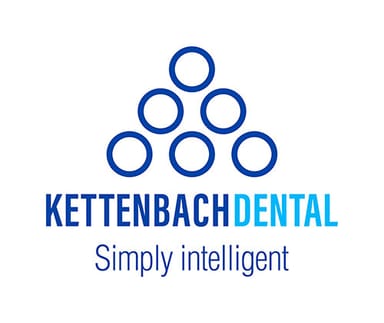Working with patients who have deep margins or tend to experience gingival bleeding can make impression-taking a bit of a challenge. Even during mixed implant and crown-and-bridge cases, getting the most accurate dental impression isn’t always easy. Using an impression material that ensures accurate results despite some of these common challenges can make a big difference for patient outcomes.
The Panasil family of silicone-based impression materials offers precision through its elastic and hydrophilic properties. The material also promises high-tear strength, dimensional accuracy, and a strong resistance to permanent deformation, ensuring that every impression is the best impression, even in the most extreme situations.
Dr. Jason Wetmore of Rockledge, FL, called Panasil the “best all-around impression material we have used.” And Dr. Russell Duke in Rio Rico, AZ, said, “Panasil makes me more confident in my impression-taking technique.”
Here are a few reasons to consider it:
• Available in low, extra low, and medium viscosities
• Offers great flow with no bubbles
• Mixes well and reduces voids
• Not impacted by moisture
• Yields more accurate margins
• Optimal pressure buildup
• High tensile strength to ensure precise impressions
• Easy to handle
• No need to reline
• Pleasant taste
A Versatile Material
When Dr. William Davidson of Northfield, OH, needed an implant post impression on a patient with long teeth and bridges, he was looking for a kneadable material that would be strong and reliable enough to accurately capture the impression post. It also had to be flexible and tear-resistant, so as to capture the bridge without locking on. “Panasil works beautifully,” he said, especially when it comes to 1-step putty-wash impressions and oil impressions.
Dr. Davidson explained that the materials work really well for a variety of impression needs. And they have short intraoral setting times between 2 and 3 minutes, with excellent handling properties overall. In fact, the faster setting is an upgrade from many other impression materials, and certainly preferred by patients who spend less time waiting for the material to set.
When Dr. Wetmore used the material for several different procedures, including a full-arch prosthetic, mixed implant, and crown-and-bridge case, it helped him avoid retakes. Instead, the material provided “great partial and denture impressions” with clear margins and limited pulls, which was a huge timesaver.
Panasil also can eliminate distortions and accurately register the prep with a quality impression, which can be sent to a lab or scanner for 3D printing. It’s also dimensionally stable with an outstanding price/performance ratio and extra high-dynamic pressure for optimal flow.





